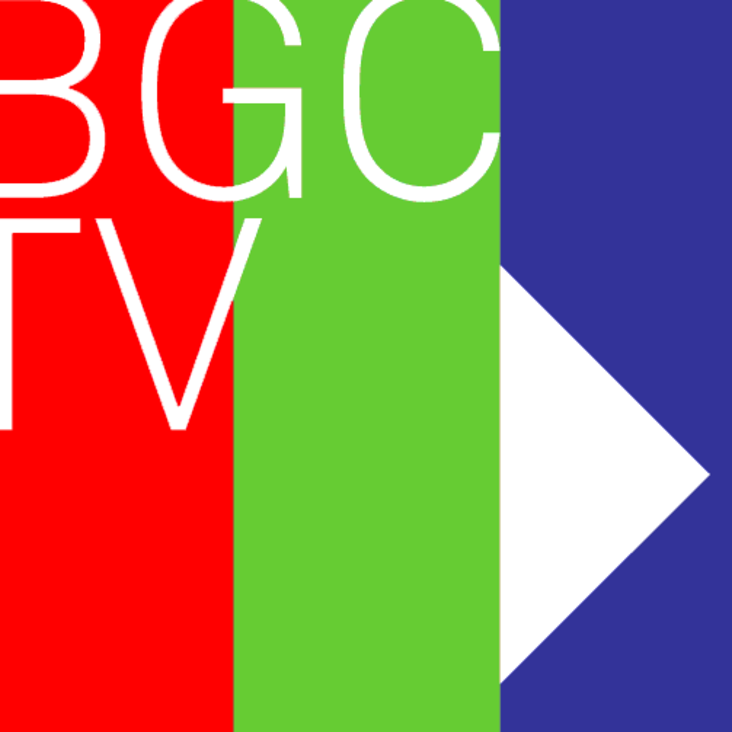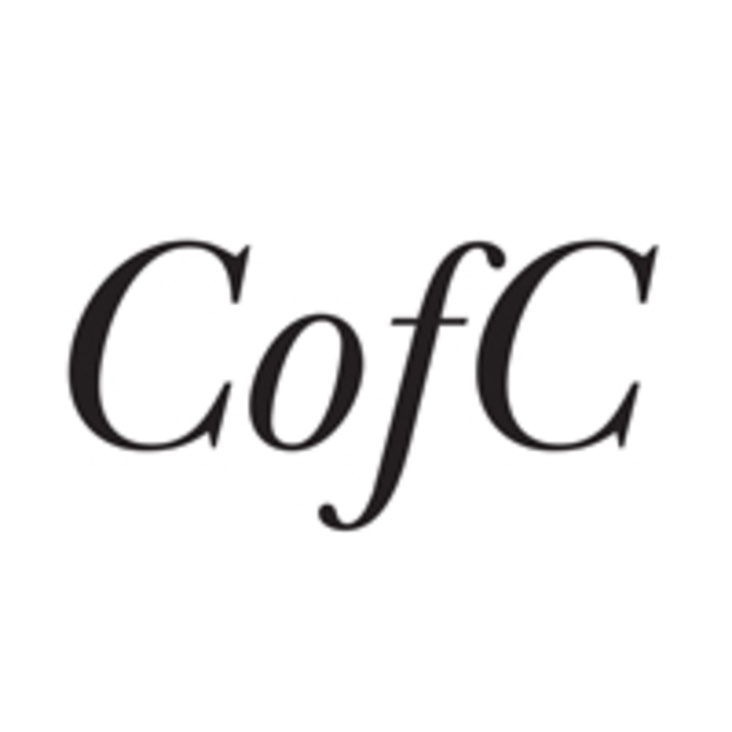Computer technology provides us with constant opportunities to try new things, and with each new device we get a peek at what the future has in store.
But the history of that technology is just as important as the future. The Interface Experience: Forty Years of Personal Computing told the story of that past through tactile and interactive displays that stimulated new questions about how we interact with and use computers.
The last forty years of computing history have been defined by the ascendance of personal computers. This era saw the power of computation finally brought out of laboratories and corporate technology centers and into the purview of the individual user. Over these four decades, we have seen a blur of technological advances in both hardware and software, as computers have gotten smaller, faster, more powerful, and more complex in their capabilities. In fact, so much has happened so quickly and has been so dramatic in its effect on everyday life that we often forget to think about just how we have interacted with these machines over time, and how those interactions have come to define those experiences. To counter this loss of perspective, The Interface Experience presented some of the most ubiquitous objects in the history of personal computing. The exhibition offered visitors a unique opportunity to gain a better understanding of the history of the design and material experience of computers, and it aimed to stimulate personal questions about how interaction with these devices has influenced each of our lives.
What made The Interface Experience unique is the level of tangible interaction that visitors were permitted to have with the exhibition objects. A computer is more than merely an assemblage of plastic, metal, and glass, and to understand its importance, the visitor must experience the interface between the user, hardware, and software of that device. To this end, the five computing devices central to the exhibition—the Commodore 64 (1982), Macintosh Plus (1986), PalmPilot Professional (1997), iPad 2 (2010), and Microsoft Kinect (2010)—were fully functional and ran custom-developed software. Through this software, visitors were able to experience the unique characteristics of each device and consider its place in history. The exhibition also included innovative staging of the objects within the space and a robust web platform full of information on the objects on display. The Interface Experience was simultaneously evocative, interactive, and informative for anyone who has ever used a computer.
A Focus Project curated by Kimon Keramidas, Assistant Professor and Director of the Digital Media Lab, Bard Graduate Center. Focus Projects are small-scale academically rigorous exhibitions and publications that are developed and executed by Bard Graduate Center faculty and postdoctoral fellows in collaboration with students in our MA and PhD programs.
Exhibition Preview:
Exhibition Website:
Launch the exhibition website. This web application describes the complex network of innovations, relationships, and market trends that make up the history of personal computing. Explore this history by reading about some important personal computing devices, by looking at the different connections they shared, or by comparing them using a variety of statistics.










.jpg,732x732,c)

























